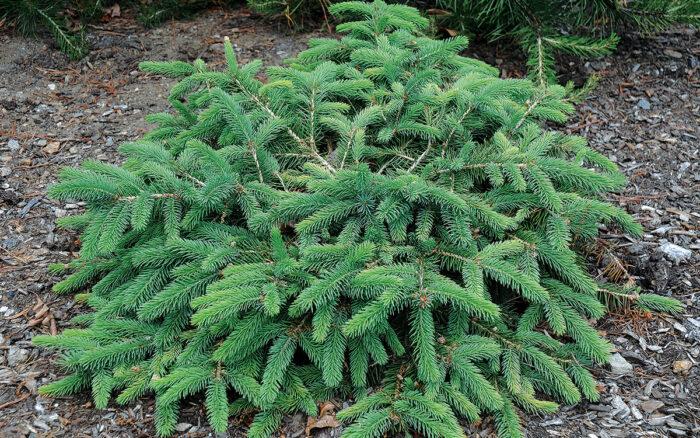
Who doesn’t love buying the flashy new plant that catches everyone’s eye at the nursery? Or the plant that’s just outside your hardiness zone, but has always taunted you with fantastic foliage and/or out-of-this-world flowers? Gardeners aren’t ones to always play it safe, but as Richie Steffen mentions in his article on tough perennials, “Planning a garden with unproven plants is risky business and not for those unwilling to take another hit to their wallet.”
And that’s where tough-as-nails, proven performers come in. Taking a gamble on a new plant is a little less risky when they’re paired up with a cast of characters that never disappoint. In Richie’s article, Tough-as-Nails Perennials, he covers the perennial plants that power through a variety of beastly conditions, but there are also countless shrubs that also play this crucial role. Below you will find some tough-as-nails shrubs for the Mountain West.
1. Mountain Mahogany
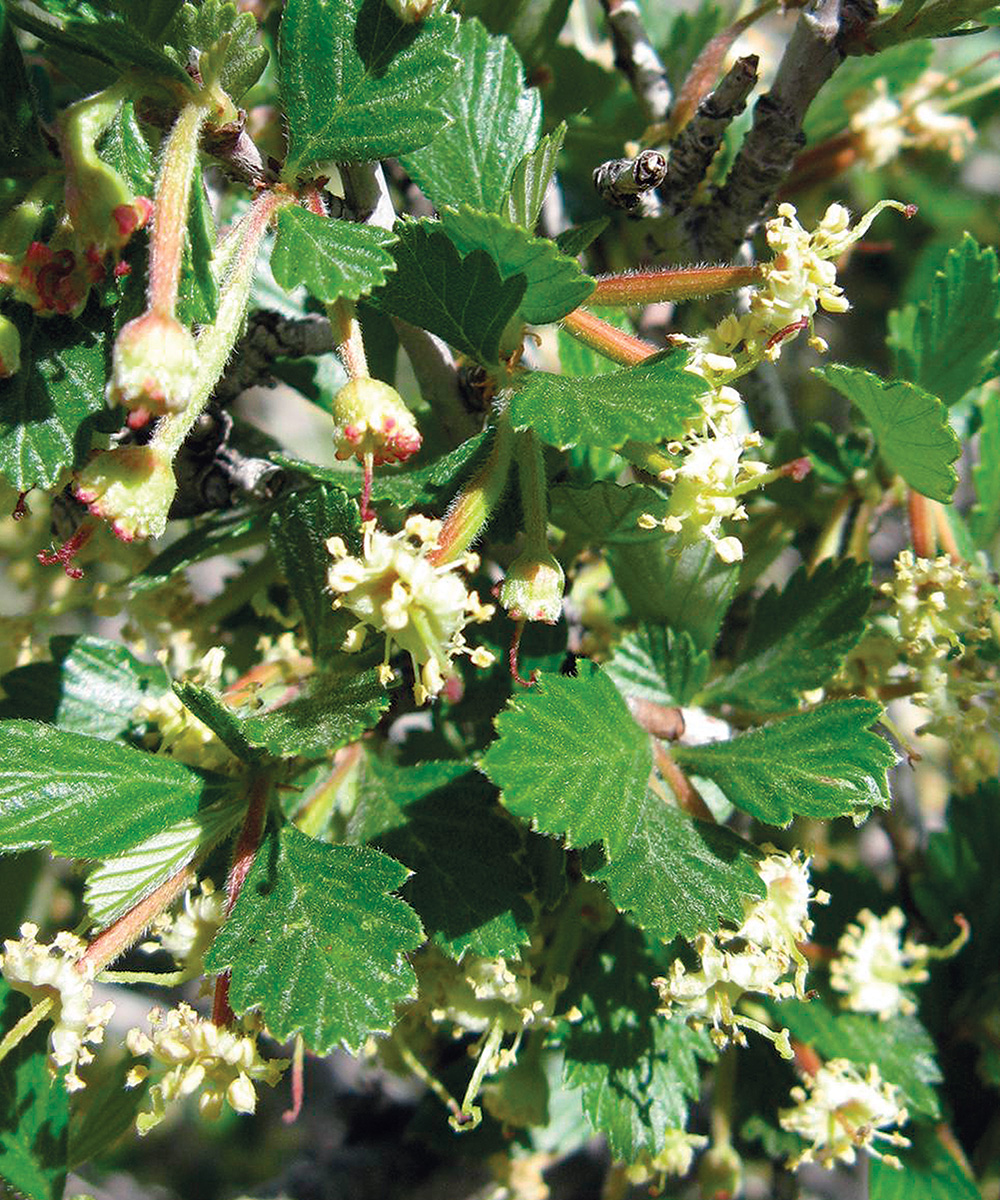
Name: Cercocarpus montanus
USDA Hardiness Zones: 5 to 9
Size: 4 to 9 feet tall and wide
Conditions: Full sun; well-drained soil
Mountain mahogany is a beautiful addition to a xeric garden, with leaves that are dark green on the top and a fuzzy light gray underneath. The flowers are generally inconspicuous. The genus name Cercocarpus is Greek for “tailed fruit,” aptly describing the odd-shaped, fuzzy seeds that cover the stems in fall. I’ve seen mountain mahogany get larger when regular irrigation is applied. Be warned—elk and deer enjoy pruning them, so your shrub may not reach its full size if the animals are frequent visitors to your garden.
2. ‘Crandall’ Clove Currant
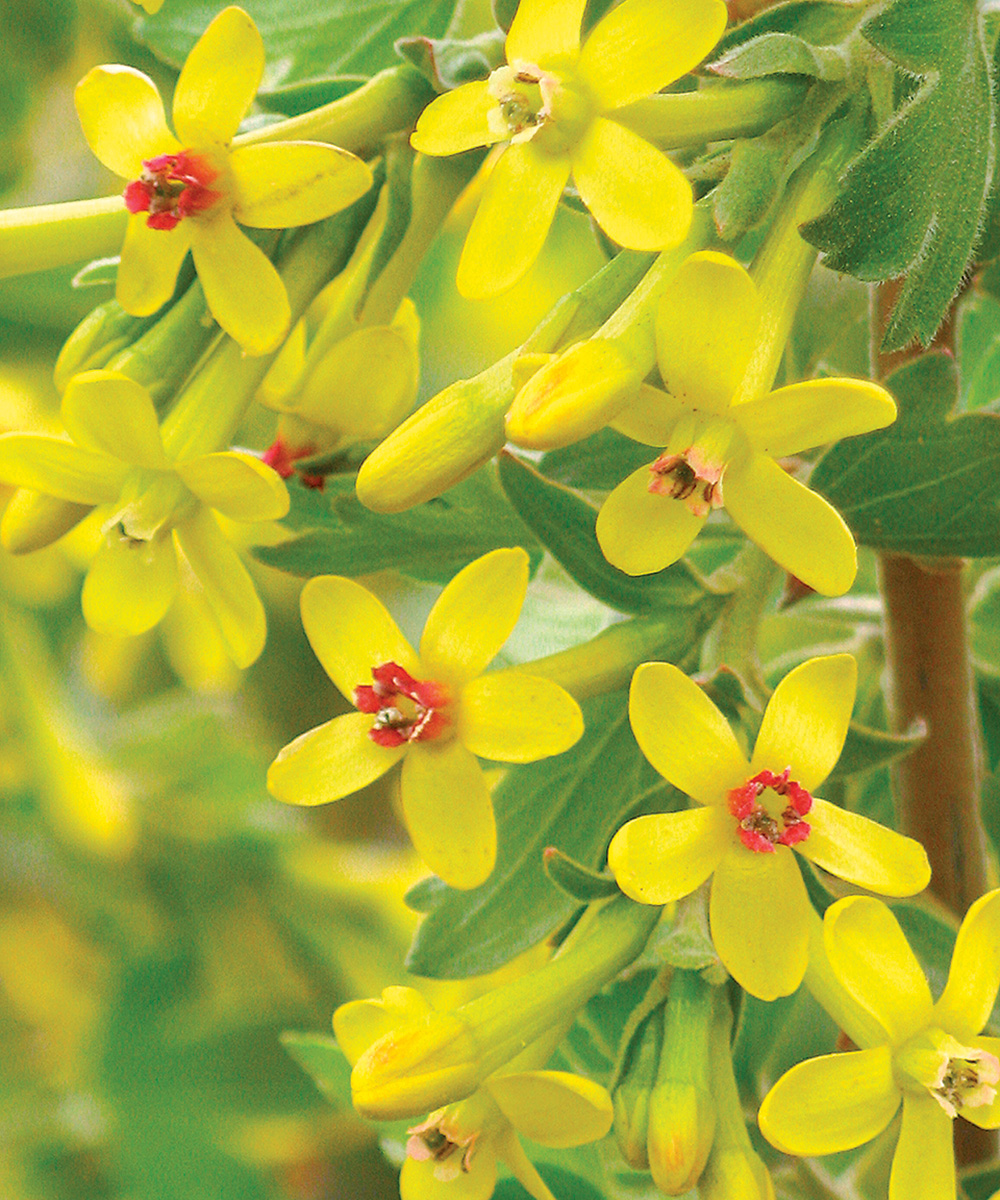
Name: Ribes odoratum ‘Crandall’
Zones: 4 to 8
Size: 4 to 6 feet tall and wide
Conditions: Full sun to partial shade; well-drained soil
This currant provides interest throughout the growing season. The small, bright yellow, trumpet-shaped flowers lining the branches are a sure sign of spring, and their clove scent is sure to catch your attention. The shrub’s blue-black fruits ripen in midsummer and are used in commercial fruit production. Their sweet-spicy flavor makes delicious sauces or jellies, as well as being yummy right off the plant. ‘Crandall’ clove currant is fast-growing and continues to provide interest in fall when its light green, tri-lobed leaves turn burgundy to reddish orange.
3. ‘Cheyenne’ Mock Orange
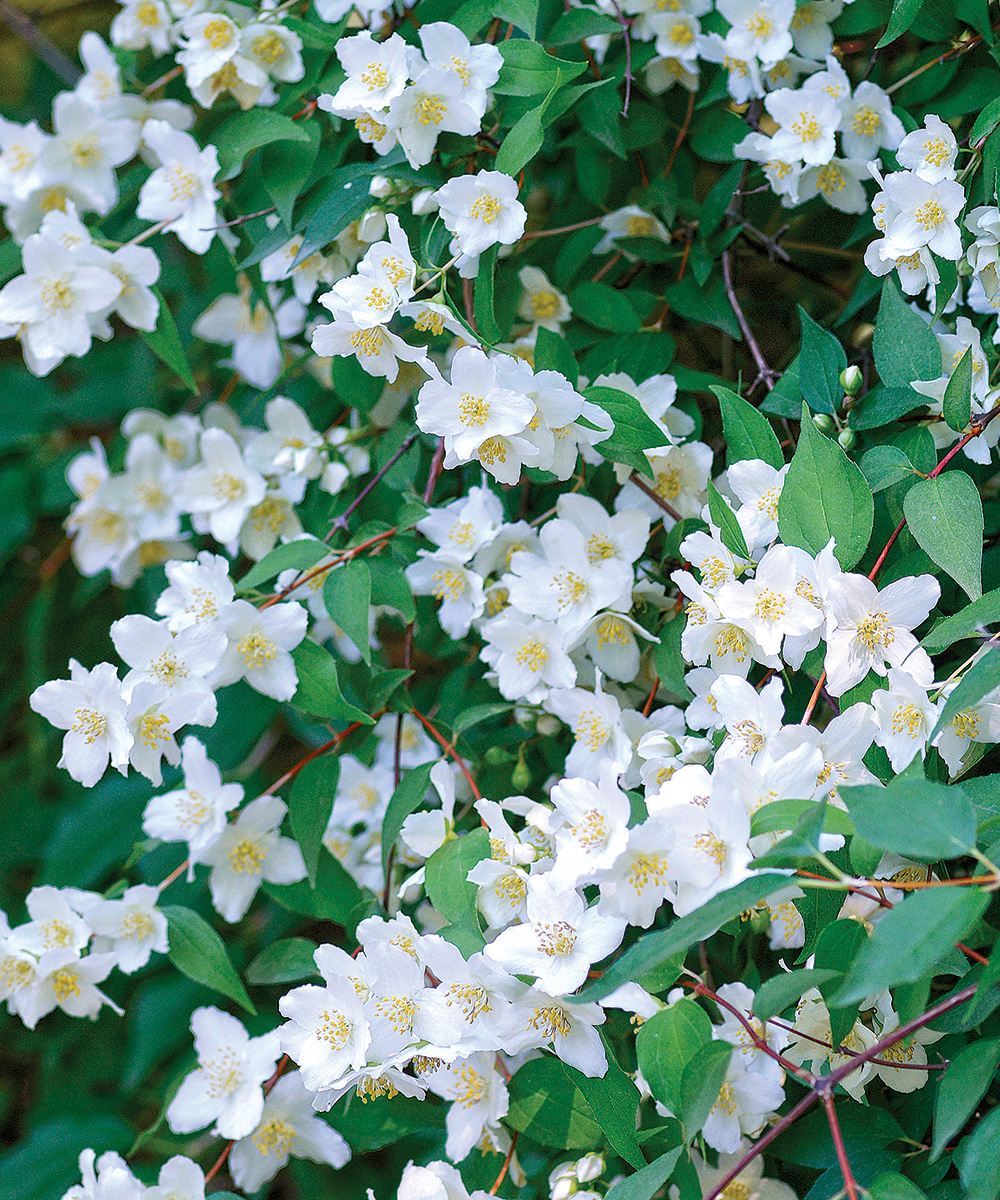
Name: Philadelphus lewisii ‘Cheyenne’
Zones: 4 to 9
Size: 6 to 8 feet tall and wide
Conditions: Full sun; moist, well-drained soil
Talk about tough, this shrub was found thriving in the USDA Experimental Station in Cheyenne, Wyoming, after many years of neglect. It was introduced by Plant Select®, a nonprofit company specializing in Mountain West selections, in 2001. In early summer, 2-inch-wide, white blossoms cover the shrub, and their sweet fragrance will cause you to stop and find the source. This xeric shrub is a perfect size for a border and can even function as a low, informal hedge. Other than occasional shaping, ‘Cheyenne’ mock orange requires little care.
4. ‘Mesa Verde’ Colorado Spruce
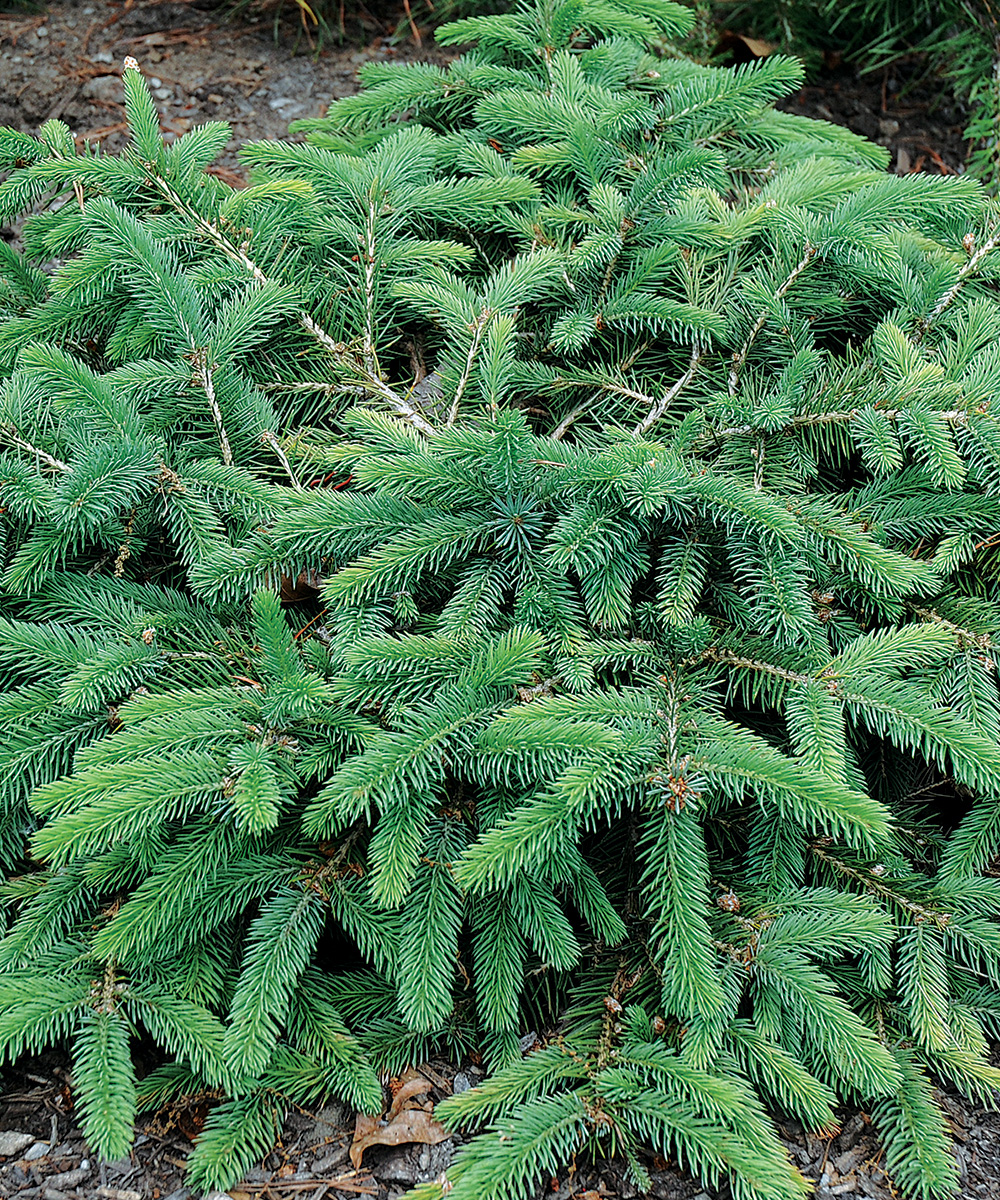
Name: Picea pungens ‘Mesa Verde’
Zones: 3 to 8
Size: 10 to 18 inches tall and 5 to 6 feet wide
Conditions: Full sun to partial shade; well-drained soil
One of my favorite alternatives to spreading junipers (Juniperus spp. and cvs., Zones 3–9), this spruce is an excellent ground-cover shrub. Not the typical Colorado spruce, its medium-green needles cover stiff, horizontal branches. ‘Mesa Verde’ may develop a leader, which can be pruned back if necessary. This spruce is considered drought tolerant but will tolerate some moisture. While it performs best in full sun, mine does well in some afternoon shade. I’ve even seen it thrive in traffic roundabouts—a tough environment, to say the least.
Michelle Provaznik is the director of The Gardens on Spring Creek in Fort Collins, Colorado.


















Comments
Log in or create an account to post a comment.
Sign up Log in